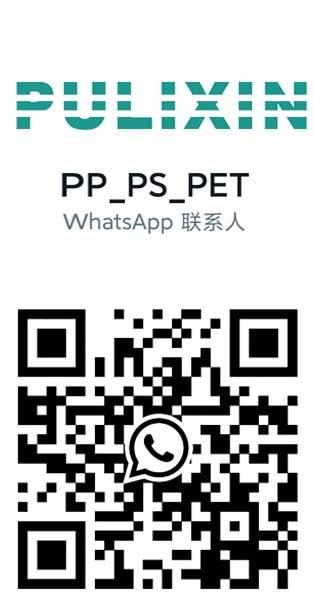What is the difference between PET and PBT plastic?
Polyethylene terephthalate plastics, mainly including polyethylene terephthalate (PET) and polybutylene terephthalate (PBT)
PET has a highly symmetrical molecular structure and a certain ability to crystallize, so it has high film-forming properties and properties. PET has good optical properties and weather resistance, and amorphous PET has good optical transparency. In addition, PET has excellent abrasion resistance, dimensional stability and electrical insulation.
Bottles made of PET have high strength, good transparency, non-toxicity, anti-penetration, light weight and high production efficiency, so they have been widely used.
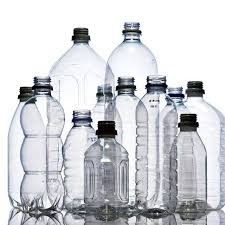
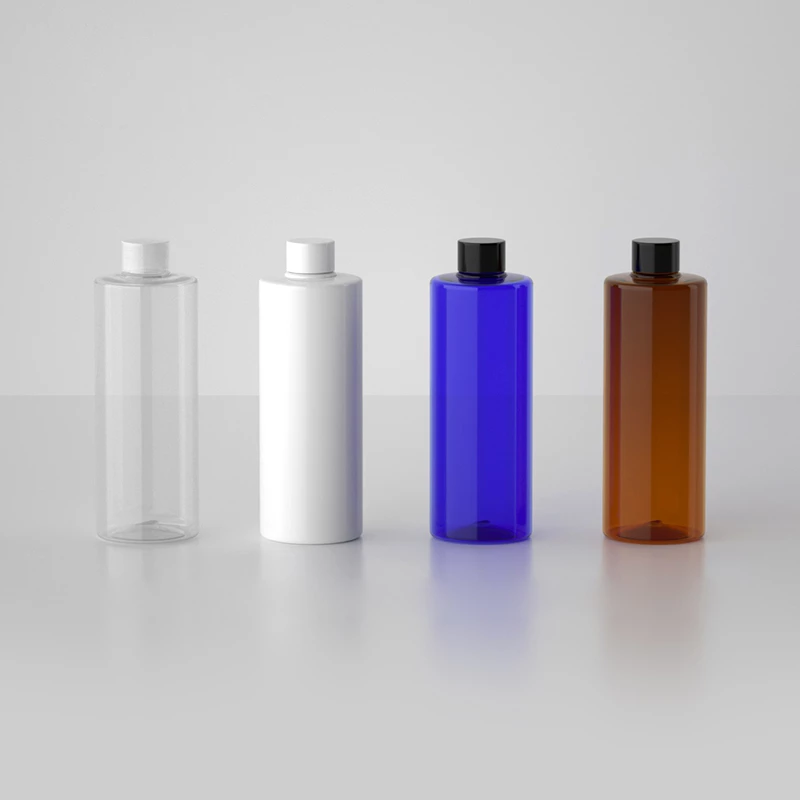
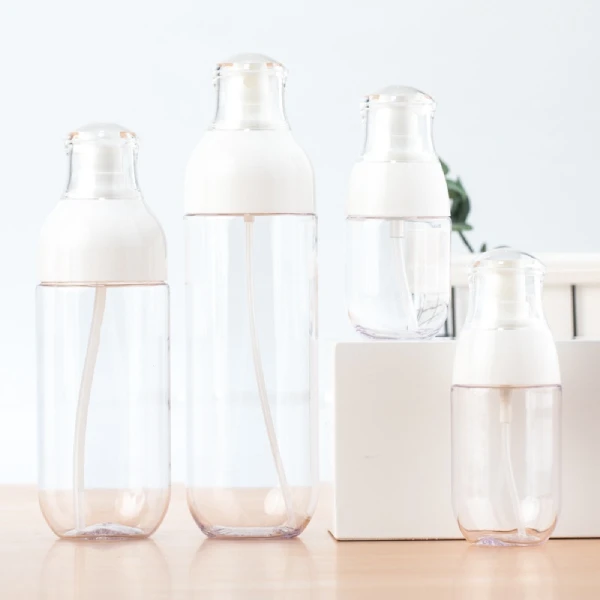
In the classification of plastics, the code name of PET is No. 1, which has a wide range of functions:
¡ñ Can be spun into polyester fibers, that is, polyester
¡ñ It can be made into film for substrate, insulating film, product packaging, etc.
¡ñ As plastic, it can be blown into various bottles, such as cola bottles, mineral water bottles, etc.
¡ñ Can be used as electrical parts, bearings, gears, etc.
The molecular chain structure of PBT and PET is similar, and most of the properties are the same, except that the main chain of the molecule has changed from two methylene groups to four, so the molecule is more flexible and the processing performance is better.
Polybutylene terephthalate has similar properties to other thermoplastic polyesters, and its chemical and physical properties are also similar. Compared to polyethylene terephthalate (PET), polybutylene terephthalate has lower strength and stiffness, better resistance to impact, and a lower glass transition temperature.
Both PET and PBT are sensitive to hot water above 60 °C. Both plastics are sensitive to UV rays and therefore cannot be used outdoors for long periods of time, but additives can be added to help both plastics resist UV rays.
PET polyethylene terephthalate
Typical application range of PET sheet:
Automotive industry (structural components such as mirror boxes, electrical components such as headlight mirrors, etc.), electrical components (motor housings, electrical connectors, relays, switches, internal components of microwave ovens, etc.), industrial applications (pump housings, hand tools, etc.) .
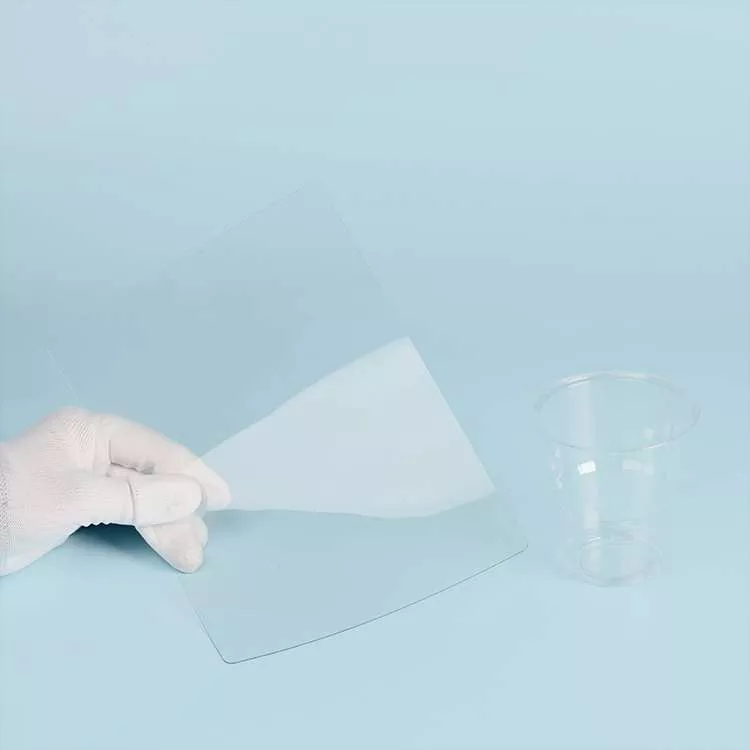
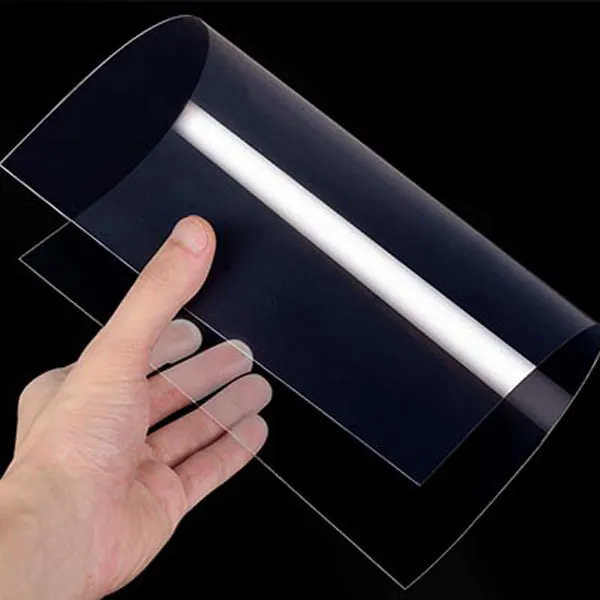
Injection molding process conditions:
Drying treatment: Drying treatment before processing is necessary because PET is highly hygroscopic. The recommended drying conditions are 120~165¡æ, 4 hours of drying treatment. The required humidity should be less than 0.02%.
Melting temperature: For unfilled type: 265~280¡æ; For glass filled type: 275~290¡æ.
Mold temperature: 80~120¡æ.
Injection pressure: 300~1300 bar.
Injection speed: Higher injection speeds can be used without causing embrittlement.
Runners and gates: All conventional types of gates can be used. The gate size should be 50~100% of the thickness of the plastic part.
Chemical and Physical Properties:
The glass transition temperature of PET is around 165°C, and the crystallization temperature of the material ranges from 120°C to 220°C. PET has strong hygroscopicity at high temperature. For glass fiber reinforced PET materials, bending deformation is very easy to occur at high temperatures. The crystallinity of the material can be increased by adding crystallinity enhancers.
Transparent articles processed with PET have gloss and heat distortion temperature. Special additives such as mica can be added to PET to minimize bending deformation. Transparent articles can also be obtained using unfilled PET materials if lower mold temperatures are used.
PBT polybutylene terephthalate
Typical application range:
Household appliances (food processing blades, vacuum cleaner components, electric fans, hair dryer housings, coffee utensils, etc.), electrical components (switches, motor housings, fuse boxes, computer keyboard keys, etc.), automotive industry (radiator grilles, etc.) , body panels, wheel covers, door and window components, etc.).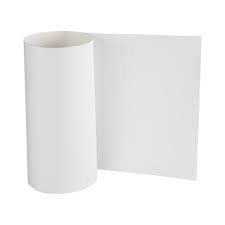
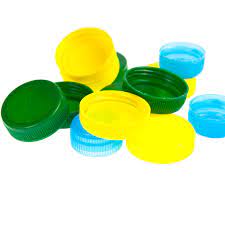
Injection molding process conditions:
Drying: This material is easily hydrolyzed at high temperatures, so drying prior to processing is important. The recommended drying conditions in air are 120°C for 6~8 hours, or 150°C for 2~4 hours. Humidity must be less than 0.03%. If drying with a hygroscopic desiccator, the recommended conditions are 150°C for 2.5 hours.
Melting temperature: 225~275¡æ, recommended temperature: 250¡æ. Mold temperature: 40~60¡æ for unreinforced material. The cooling channel of the mold should be well designed to reduce the bending of the plastic part. The heat dissipation must be fast and even. The recommended diameter of the mold cooling channel is 12 mm.
Injection pressure: medium (up to 1500 bar).
Injection speed: The fastest possible injection speed should be used (since PBT solidifies quickly).
Runner and gate: It is recommended to use a circular runner to increase the transmission of pressure (empirical formula: runner diameter = plastic part thickness + 1.5 mm). Various types of gates can be used. Hot runners can also be used, but care should be taken to prevent leakage and degradation of the material. The gate diameter should be between 0.8~1.0*t, where t is the thickness of the plastic part. In the case of a submerged gate, a minimum diameter of 0.75 mm is recommended.
Chemical and Physical Properties:
PBT is one of the toughest engineering thermoplastics. It is a semi-crystalline material with very good chemical stability, mechanical strength, electrical insulating properties and thermal stability. Semi-crystalline materials have good stability under a wide range of environmental conditions. The hygroscopic properties of PBT are very weak. The tensile strength of unreinforced PBT is 50 MPa, and the tensile strength of glass additive PBT is 170 MPa. Too much glass additive will cause the material to become brittle.
Crystallization of PBT is rapid, which will cause bending deformation due to uneven cooling. For materials with glass additives, the shrinkage in the process direction can be reduced, but the shrinkage in the direction perpendicular to the process is basically the same as that of ordinary materials. The general material shrinkage rate is between 1.5% and 2.8%, and the material containing 30% glass additive shrinks between 0.3% and 1.6%. Melting point (225¡æ) and high temperature deformation temperature are lower than PET material. The Vicat softening temperature is about 170°C. The glass transition temperature (glass trasitio temperature) is between 22°C and 43°C. Due to the high crystallization rate of PBT, its viscosity is very low, and the cycle time of plastic parts processing is generally low.
Polybutylene terephthalate is often used in electrical engineering of houses, mainly for insulation. In addition, in the process of automobile manufacturing, it will also be used to make plug connectors. This material is also used in everyday household items, such as the handle of a shower or an iron. Polybutylene terephthalate can be filamented and used to make bristles for toothbrushes or cosmetic brushes.
Relative News
- ESD PET sheet: ITO coating vs antistatic additives
- Why can ESD plastic trays protect electronic prod…
- How to choose between virgin PET sheet and RPET s…
- What kind of blister sheet can be used to make tr…
- Black conductive HIPS plastic sheet roll shipped …
- PULIXIN packaging materials unveiled at Chinaplas…
- PP blister sheet: an environmentally friendly, sa…
- PET blister sheet: transparent protection, fresh …
- PET plastic sheet rolls set sail to help upgrade …
- Key features of our HIPS plastic rolls
